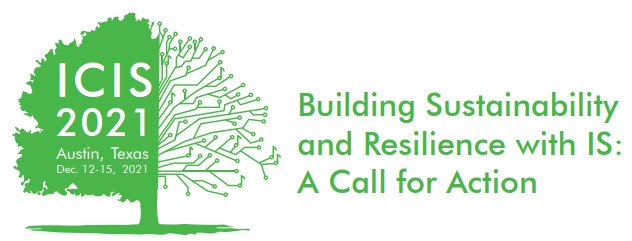Advances in Theories, Methods and Philosophy
Loading...
Paper Number
1975
Paper Type
short
Description
Like other disciplines, Information Systems is experiencing a growing volume of scholarly publications. This development exacerbates the threat of conceptual fragmentation. Previously, solutions based on repositories and databases were suggested to combat this issue, but the effort needed to build and maintain these solutions has impeded their widespread adoption. In response, the literature is exploring machine- learning-based approaches. We join this exploration proposing a computer vision approach to detecting conceptual models and extracting their constituents. The developed tool can serve as a foundation for automating the population of scientific databases describing theoretical models. We evaluate our deep learning approach against a sample of papers containing graphical theoretical models, and show that 81.5% of all constructs, items, and path coefficients can be correctly classified. This has the potential to significantly reduce manual efforts to populate scientific databases and can be an important step towards the augmentation of the work of theorists.
Recommended Citation
Scharfenberger, Jonas; Funk, Burkhardt; and Mueller, Benjamin, "The Augmented Theorist - Toward Automated Knowledge Extraction from Conceptual Models" (2021). ICIS 2021 Proceedings. 6.
https://aisel.aisnet.org/icis2021/adv_in_theories/adv_in_theories/6
The Augmented Theorist - Toward Automated Knowledge Extraction from Conceptual Models
Like other disciplines, Information Systems is experiencing a growing volume of scholarly publications. This development exacerbates the threat of conceptual fragmentation. Previously, solutions based on repositories and databases were suggested to combat this issue, but the effort needed to build and maintain these solutions has impeded their widespread adoption. In response, the literature is exploring machine- learning-based approaches. We join this exploration proposing a computer vision approach to detecting conceptual models and extracting their constituents. The developed tool can serve as a foundation for automating the population of scientific databases describing theoretical models. We evaluate our deep learning approach against a sample of papers containing graphical theoretical models, and show that 81.5% of all constructs, items, and path coefficients can be correctly classified. This has the potential to significantly reduce manual efforts to populate scientific databases and can be an important step towards the augmentation of the work of theorists.
When commenting on articles, please be friendly, welcoming, respectful and abide by the AIS eLibrary Discussion Thread Code of Conduct posted here.



Comments
20-Methods